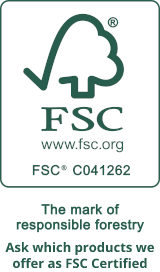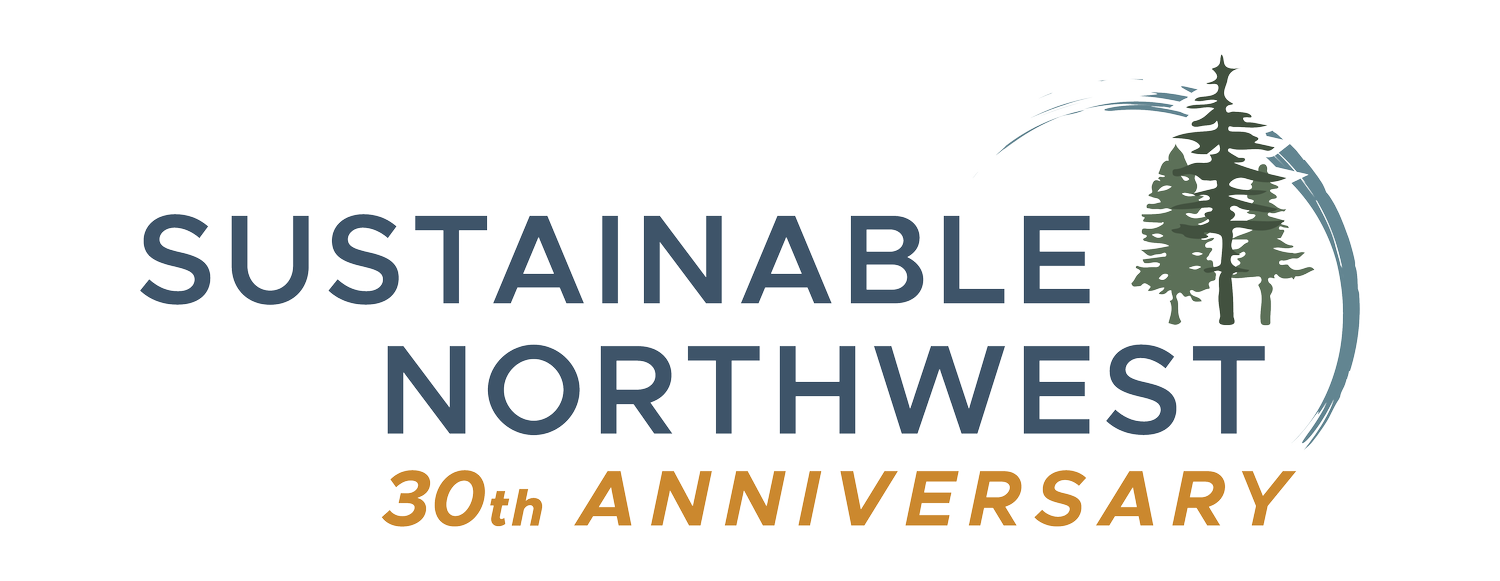Forest Bathing in Forest Park
A Walk in the Woods

One of my favorite events of this first annual Sustainable Building Week was the Happy Hour Hike with the Build Local Alliance. Led by Forest Conservationist Michael Ahr and BLA co-founder and forest owner Peter Hayes of Hyla Woods, this educational stroll through Forest Park, got us out of the office and into nature on a rare sunny October day in Portland.
Forest Park is one of the country's largest urban forest reserves with 5200 acres and more than 70 miles of trails. It is home to more than 112 species of birds, 62 mammal species and a diverse smattering of vegetation, grasses, shrubs and trees. Our guides led us on a hunt to locate and identify the prominent native Northwest tree species in the park including Douglas fir, western hemlock, western red cedar, as well as smaller populations of big leaf maple, black cottonwood, grand fir, Oregon ash, Oregon white oak and western yew. We discussed the features and benefits of the lumber that comes from these trees, how it is used, the ecological and economical significance of each species. A wood geek and forest lover's dream.
We stopped to admire the tallest tree in the park, an impressive Douglas Fir estimated at over 240' tall and 18' in circumference. As we stood on the trail soaking up the magnificence of this ancient beauty, breathing in the lush landscape, and being lulled by the babbling Balch Creek nearby, Peter Hayes introduced us to the concept of Shinrin Yoku - a Japanese term for "taking in the forest atmosphere" or "forest bathing." Many of us intuitively understand the benefits of being in nature, but recent scientific studies prove the healing effects of simply spending time in under the canopy of a living forest. Reduced stress, lower blood pressure, increased energy and focus, improved mood, and better sleep are among several noteworthy benefits of forest therapy.

The concept of Forest Bathing is not a new one. Developed in Japan in the 1980s, it has become a cornerstone of preventive health care and healing in Japanese medicine. It is surely the cornerstone of my own health and well-being, even if I didn't have the cool word for it before this outing. Almost immediately upon putting my boots on the path, I can feel the physical and psychological effects as my mood shifts and my mind goes from chaos to calm. About 15 minutes in, I hit that ahhhhhhh moment. As I take a deep breath, inhaling the aromatherapy of cedar, fir and moss, I can feel my body relax as I breathe out the stress of a hectic, bustling life. Leaving behind the world to take pause and simply look at the color patterns on an autumn leaf or notice the sensation of the trail beneath my feet, to stop and listen to the sounds of nature, feels transformative.
Humans have been aware of the connection between green spaces and health since 19th Century, which could explain the development of so many city parks during that time. Donald Macleay originally deeded the city of Portland a portion of the land that we stood on to provide a public park and an outdoor space for patients at Good Samaritan and St. Vincent’s hospitals. "Green prescriptions," especially for people in urban areas that don't have everyday access to green spaces, could have measurable health benefits over the years.
Wilderness advocate and conservationist John Muir wrote, “Thousands of tired, nerve-shaken, over-civilized people are beginning to find out that going to the mountains is going home; that wildness is a necessity.” He wrote that in 1901 in his book Our National Parks. Understanding the need to preserve and protect our wild places and immerse ourselves in them on a regular basis feels vital, now more than ever.


Project Support
Find local sustainable wood products in Portland Oregon

Our Why
We exist to promote Good Wood in the Pacific Northwest and beyond
Sustainable Northwest Wood
2701 SE 14th Ave.
Portland, OR 97202
Monday - Friday
8am to 5pm

© 2025 Sustainable Northwest Wood

Our nonprofit parent company is Sustainable Northwest